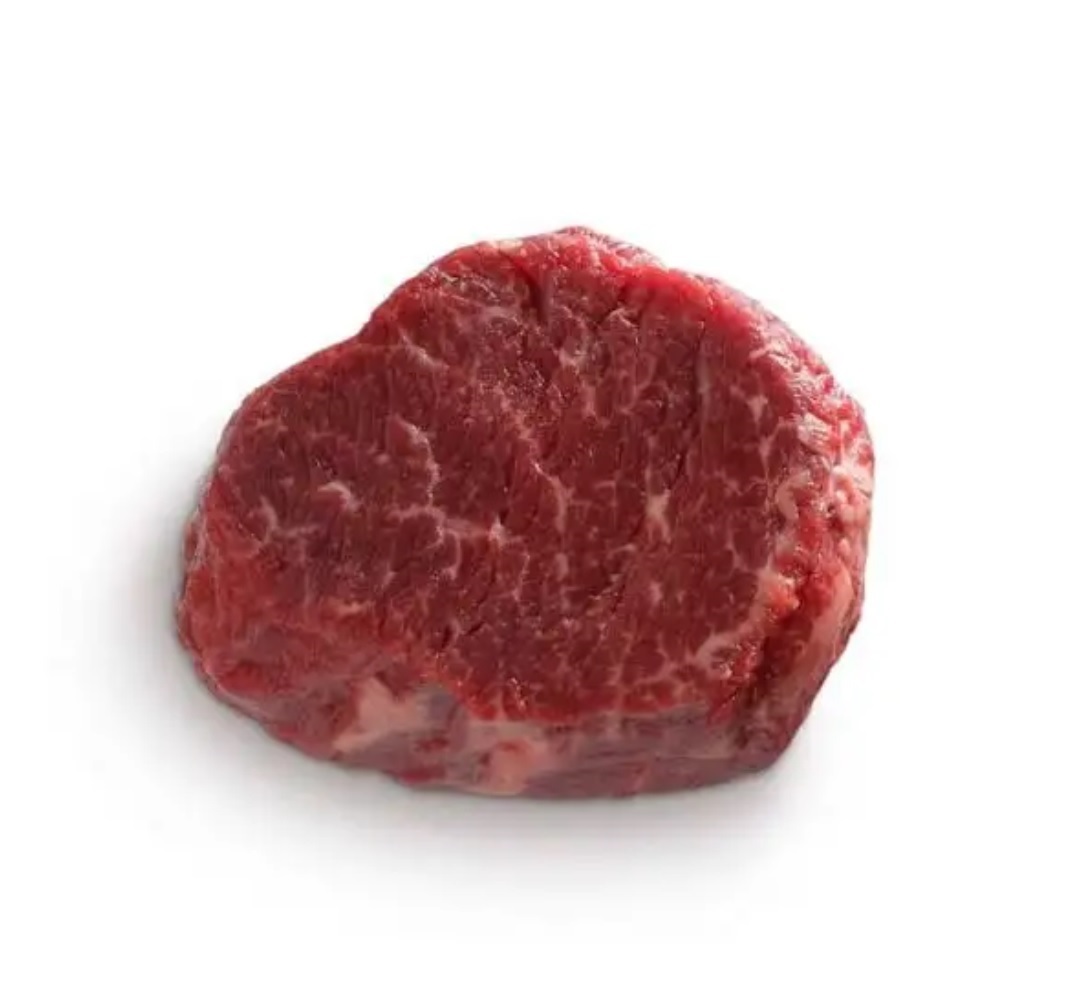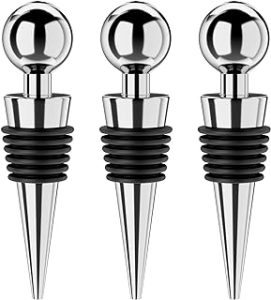Do you love your steak rare? If you love a rare steak, perhaps a blue one will be just right for you. In this post we detail all you need to know about a Blue Steak. Everything from cooking preparations to safety precautions.
“FEELING BLUE,” – WHAT DOES IT MEAN TO ORDER YOUR STEAK, “BLUE?”
When diving into the world of rare steaks, it’s important to understand the difference between a rare steak vs a blue rare vs a black and blue or Pittsburg style steak, as each are some of the rarest ways to enjoy a steak. It all comes down to the heat being used to cook it and whether it has been charred or seared.
The most common term, Rare is when the steak has been cooked to an internal temperature between 125 degrees Fahrenheit. Blue Rare is when the steak has been cooked to an internal temperature of 115 degrees Fahrenheit. Black and Blue which is also known as a, Pittsburg is when the steak has been charred over high heat, leaving the inside “blue,” and the outside “black.” The internal temperature of a Black and Blue should be 110 degrees Fahrenheit.
The difference between a “sear,” and a “light sear,” is essentially what separates the rare steak entirely from the blue rare steak. The blue rare is not cooked for very long, typically only around one minute per side.
The blue rare gets its name from the extremely dark red almost purple-blue color it has even after being cooked. The origin of its name also comes from the fact that when a steak is freshly cut raw, it has a faint purple-blue hue to it due to a lack of oxygen in the residual blood vessels of the meat. The color unfortunately does not last long, because once the meat has been exposed to open air it is re-oxygenated and turns the more recognizable bright red color.
BEST CUTS FOR A BLUE RARE
The best cuts to enjoy as blue rare are ones that are predominantly lean. Lean steaks do best because their tenderness will not be compromised from the extreme short cook time.
When it comes to steak, heat is used to not just cook it, but to more importantly melt its fat content. Doing this is what creates the tenderness and juiciness of a steak. In order to enjoy a steak at a blue rare temperature, there needs to be little to no fat content at all. If the steak has too high of a fat content, it won’t be exposed to heat long enough to melt it. Avoiding cuts from larger muscle groups like the Chuck, Brisket and Flank are also recommended.
The three most recommended cuts are the Tenderloin, Flat Iron and Sirloin Tip. Finding a cut that is also naturally tender as well as low in fat content will do best for a blue rare temperature.
Tenderloins are arguably the most naturally tender cuts and are also the leanest. Coming from the loin area, they are the first choice cut for a blue rare temperature.
Flat irons are second most tender and come from the shoulder area. They will also be naturally, slightly more flavorful than the tenderloin.
Sirloin tips in contrast won’t be nearly as naturally tender to the first two but the higher, natural richness of the steak is comparable and can make up for the lack of natural tenderness. They are the best option for someone wanting a higher fat content steak at a blue rare temperature.
our top recommendations
Our top choice would be a filet mignon, from the tenderloin. We recommend either the American Wagyu, Gold Grade Filet Mignon from Snake River Farms or the 21-Day, Dry Aged, Grassfed Filet Mignon from White Oak Pastures.
Both are phenomenal options that offer a naturally lean, extremely tender cut, as well as a super-rich flavor. Take the stress out of deciding between more tenderness or more flavor, either option brings you the best of both!
"Gold Grade tenderloin steak is the ultimate filet mignon. Gold Grade steaks represent the highest level of marbling offered by Snake River Farms and these exemplify the difference between our grading levels."
"It is a slight exaggeration to say you can cut it with a fork, but the filet is the most tender cut of all. No matter how you prepare it, the filet is sure to please both family and friends alike. If you are looking for a smaller, more tender steak, our filet will not disappoint you."
RAW VS RARE – IS A BLUE RARE STEAK RAW?
To put it simply, a blue rare is not a raw steak. Raw simply means it has never been exposed to any heat. The color will predominately remain that bright red color as mentioned earlier. If there is a tinge of brown, it is due to a pro-longed oxygenation to the open air.
Certain dishes like carpaccio and tartare where the steak is served raw, will have the meat stored in a refrigerator at a temperature below 40 degrees until it is ready to be prepared or served. It will also typically be sourced from extremely high grade, premium cuts of beef.
These dishes are designed to be consumed in a short period of time, no longer than two hours, in order to reduce the risk of bacterial exposure. In contrast, any kind of rare steak will have had some level of heat exposure and will not require as quick of a consumption.
IS IT SAFE TO EAT A BLUE RARE STEAK?
In short, yes consumption of a blue rare steak is safe. With proper storage and preparation enjoying a blue rare at home or in a restaurant can be completely safe.
Source premium, quality beef. Higher quality steak not only ensures a quality cut but standards of care and ethical production. The saying, “you get what you pay for,” should ring loud and clear on this one.
Proper storage will ensure that your cut of meat stays not only fresh but safe for consumption. Inside the fridge, it is best to keep your meats separate from your other groceries. Keep it refrigerated until you’re ready to consume it, this will keep harmful bacteria from cultivating and keep you safe.
Studies have shown that the bacteria associated with food-borne illnesses are only related to outer surfaces, rather than within the cut of meat itself. They showed that the microbe responsible for causing food poisoning was not a direct result of cooking a steak to a rare temperature.
Things like your barbeque tongs, pan or grill are outer surfaces to also be aware of. In order to avoid contamination, it is best to take proper safety measures by sterilizing the cooking utensils being used and by cooking off the entire outer surfaces of your cut of meat. Cooking the steak for even a minute, seals off the exterior of a steak and kills off any harmful bacteria, making it safe for consumption.
So put the fear aside and dive into the blue!
HOW TO SAFELY COOK A BLUE RARE STEAK
As mentioned before, in order to prepare a blue rare steak safely, proper storage and sanitation measures must be taken. Keep your steak refrigerated until you plan on cooking it. Refrigeration prevents the growth of any harmful bacteria.
About 20-30 minutes before you plan on cooking it, remove your steak from the refrigerator and allow it to come to room temperature. Don’t worry about that short amount of un-refrigerated time. As mentioned earlier, studies have shown there is a two-hour window of safe consumption for even raw preparations like carpaccio and tartare.
The cook time for a blue rare steak is extremely short! So having your steak ready to go at room temperature allows for such a short cook time. Have your steak pre-seasoned as well.
You will also need to make sure your pan or grill is piping hot in order to properly and quickly sear off all the outer surfaces of your steak. The key word here being quickly! The blue rare steak in total only cooks for approximately one minute a side, so extreme high heat is required in order to achieve an entire sear, in such a short amount of time. The final product done right will have an internal cooked temperature of 115 degrees Fahrenheit.
Remember to start with sanitized clean cooking utensils. Once hot, plan to sear or grill every outer side and edge of the steak in order to remove any harmful bacteria. Choosing to sanitize your cooking utensils in between flipping the steak from side to side will also help prevent the spread of harmful bacteria.
If you are enjoying this post and are interested in learning more about various beef cuts and preparations recommendations please visit our posts for WAGYU TOMAHAWK STEAK & ZABUTON STEAK.
Flagstaff House Review Page is Reader-Supported. When you buy through links on our site, we may earn an affiliate commission.







